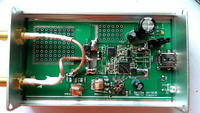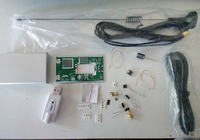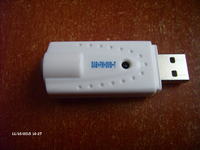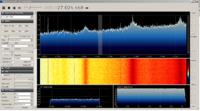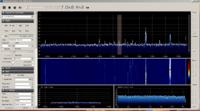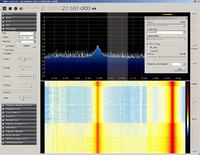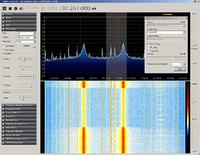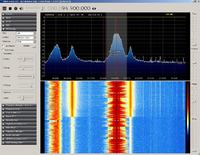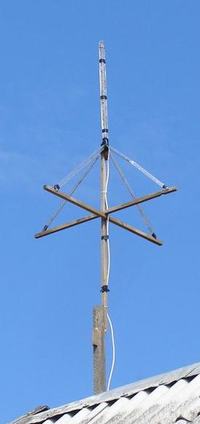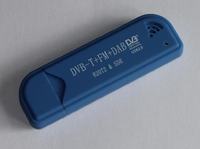Pictures of guts very similar are here.
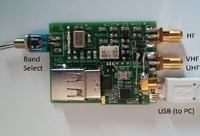
It is clear that it is an ordinary dongel soldered to a PCB on typical components, on which we have a low-pass filter, a quartz generator powering the mixer, the diode mixer itself (double-balanced) and a high-pass filter at the output. I will look for an identical photo yet.
Write what ranges are you interested in, but in general, you should give a high-pass filter that cuts off the radio range and it is good to cut off the GSM bands and everything that is strongly given after the receiver enters. The best resonant antenna for a given range is DC shorted.
I do a high pass filter for the receiver is a pimple, I can help.

It is clear that it is an ordinary dongel soldered to a PCB on typical components, on which we have a low-pass filter, a quartz generator powering the mixer, the diode mixer itself (double-balanced) and a high-pass filter at the output. I will look for an identical photo yet.
Write what ranges are you interested in, but in general, you should give a high-pass filter that cuts off the radio range and it is good to cut off the GSM bands and everything that is strongly given after the receiver enters. The best resonant antenna for a given range is DC shorted.
I do a high pass filter for the receiver is a pimple, I can help.



